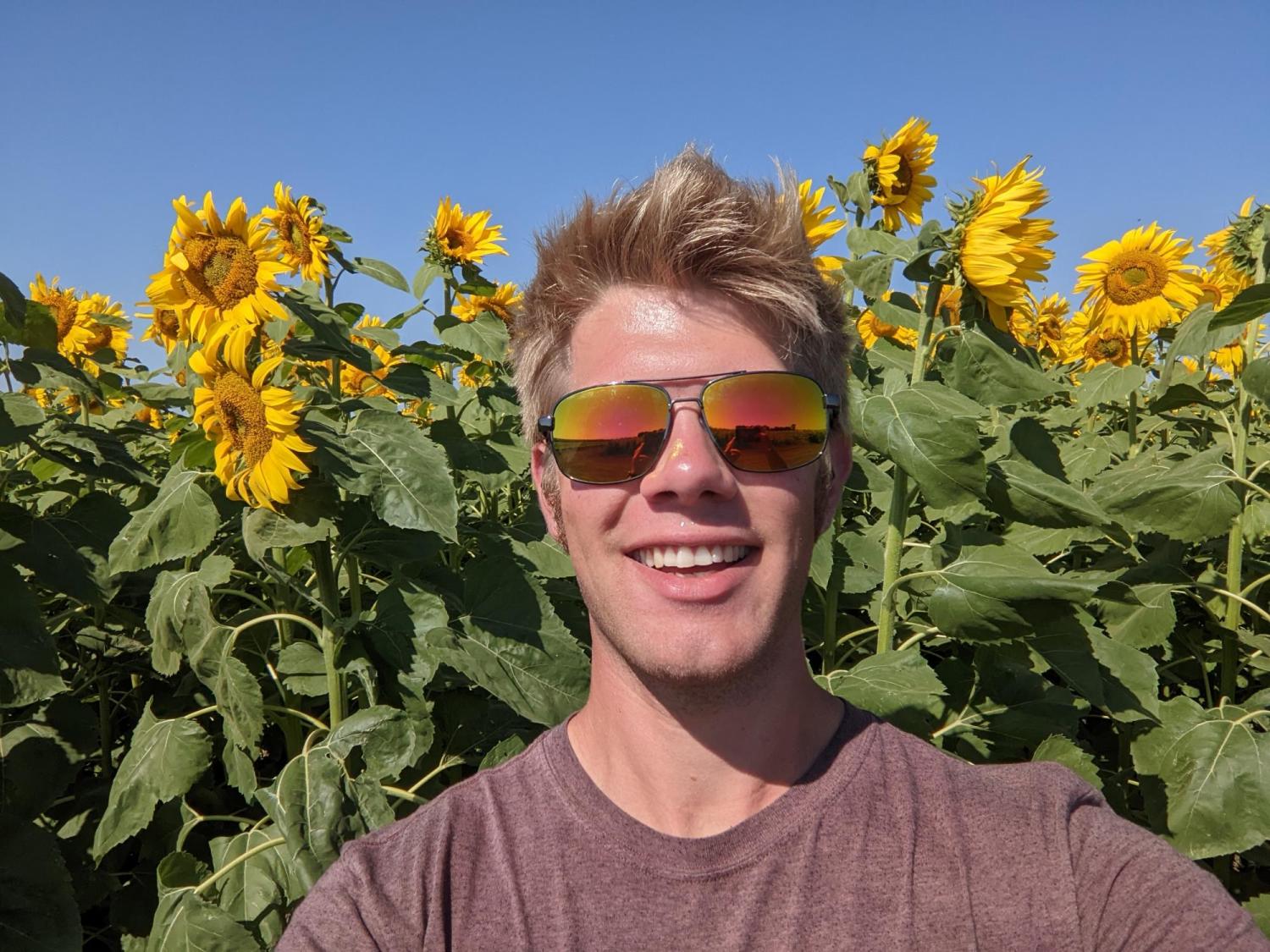Examining the Genetic Architecture of Seed Pericarp Hardness in Agricultural Sunflower Crops – Joey White
For many years now, I have been curious about how genetic constitution determines individual phenotypes, as well as how genes are inherited between generations. Through my education in evolution and genetics, my interests have shifted to understanding the genetic underpinning of expressed traits in individuals and how quantitative genetics and inheritance patterns can be used to determine the genetic composition of populations.
I became interested in genomics after taking Dr. Nolan Kane’s class on the topic in the fall of 2021. Afterward, I was hired to work in his lab as an intern, where I started exploring the idea of an honors thesis. Through the Kane lab, I was introduced to Dr. Brent Hulke and Dr. Jarrad Prasifka from the USDA Agricultural Research Service in Fargo, ND, with whom I started my research. They recruited me to work on a broader project: to investigate the genetic architecture of insect resistance traits in Helianthus annuus, and to create linkage maps of genetic markers for breeding purposes. The piece of the project that I adopted was to determine the genetic components of seed pericarp hardness, a trait which contributes to herbivore resistance in sunflower. I spent the summer of 2022 doing field work in Fargo where I collected phonotype data and tissue samples from a crop sunflower (H. annuus) mapping population. Since then, I have been extracting DNA from the tissue samples and getting them sequenced. In the following months I will be working with the sequence data to bioinformatically assemble the genomes and then work on QTL mapping and analysis for the phenotype dataset.



